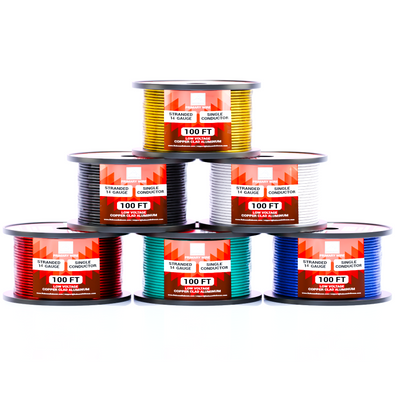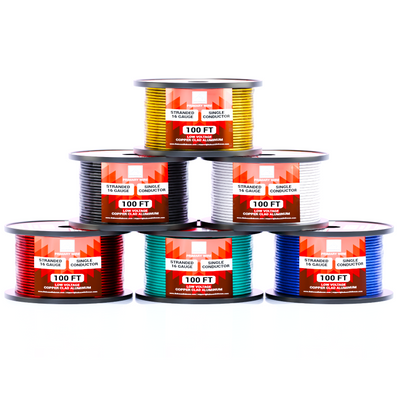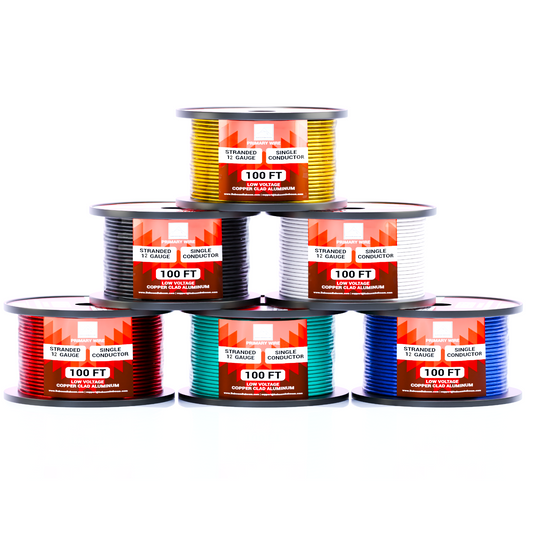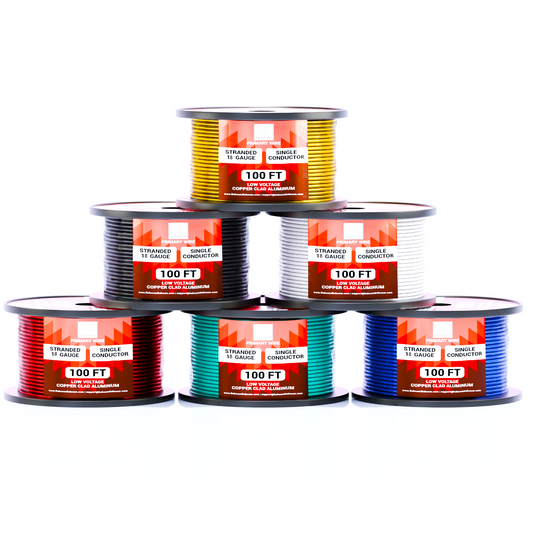
Setting Up a Stealth Car Audio System: Hidden Speakers and Amps
Share
Introduction
For advanced car audio enthusiasts and professionals, the art of preserving a vehicle’s original interior while achieving high-fidelity sound lies in the intricate setup of a stealth audio system. This type of build focuses on optimizing audio performance without revealing any obvious aftermarket modifications. Whether you're aiming to deter theft, retain OEM aesthetics for resale, or simply appreciate a clean, minimalist interior, stealth audio systems represent a refined balance of acoustic engineering and elegant concealment. This guide expands on expert methods, component specifications, and technical strategies to help you design a stealth setup that delivers clarity and power—quietly. Learn more about who we are on our About Us page.

Engineering with Compact, Low-Profile Components
The foundation of a stealth car audio system lies in its components. Prioritize Class D amplifiers that run cool and deliver high output per watt, compact subwoofers with shallow mounting depths, and speakers with low-profile baskets tailored for tight OEM enclosures. When selecting these components, pay close attention to their operating temperatures, enclosure requirements, and orientation flexibility.
Products designed for reduced footprint installations often incorporate enhanced thermal management systems and integrated crossovers. These allow them to be tucked into confined areas such as under front seats, inside rear quarter panels, or even behind dashboards. With the right selection, these space-saving components deliver a remarkable performance-to-size ratio ideal for stealth applications.

Acoustic Strategy: OEM Integration and Spatial Optimization
Utilizing factory speaker locations is key to stealth design. Door panels, dashboards, and rear decks offer acoustically strategic points for installing upgraded drivers. When possible, integrate high-quality coaxial or component sets that match OEM cavity dimensions to avoid cosmetic modification.
For an optimized listening experience, flush-mount tweeters into factory grilles and pair them with dedicated midbass drivers. Use acoustic coupling pads or foam rings to enhance energy directionality and reduce unwanted reflections. Advanced installers may also perform frequency response testing to tune speaker positioning and phase alignment, maximizing both spatial imaging and tonal accuracy—all within factory apertures.

Amplifier and Wire Concealment Techniques
Mounting amplifiers in discrete areas is both a technical and aesthetic endeavor. Effective locations include beneath rear seats, inside trunk side panels, or within unused storage compartments. Install brackets using OEM bolt points or industrial fasteners that ensure structural integrity without damaging vehicle trim.
Cable routing should emulate factory-grade harnesses. Use split loom tubing, cloth automotive tape, and secure zip ties for all power, ground, and signal wires. Ensure power lines are kept distant from audio signal paths to reduce interference. When visible, color-match wires and coverings to the car’s interior trim to maintain an unaltered appearance. All routing should remain fully reversible, preserving vehicle value and avoiding warranty risks. Our premium CCA wires are ideal for clean and concealed installations.

Retaining OEM Head Units via Signal Integration
Maintaining a vehicle’s factory head unit is often essential for preserving steering wheel controls, dashboard displays, and factory user interfaces. For these builds, sophisticated signal processors are indispensable. Devices like the AudioControl DQDX or Helix DSP Ultra accept speaker-level inputs and provide clean RCA outputs, allowing aftermarket amplification without sacrificing factory control.
These processors offer advanced tools such as time alignment, equalization, and crossover settings. They can also sum signals when factory systems split frequencies between outputs, effectively restoring a full-range signal. By integrating this tech behind panels or in storage areas, your system remains invisible while gaining the benefits of customized sound tuning and high-resolution audio processing. Want more tutorials like this? Visit our Articles Page.
Acoustic Isolation and Soundproofing Enhancements
An often overlooked but vital component of stealth system design is acoustic treatment. Noise control enables better performance at lower volumes—critical for stealth setups using modest-sized drivers. Apply butyl-based sound deadening materials to door skins, floorboards, and trunk areas.
Follow up with closed-cell foam and mass-loaded vinyl barriers to further suppress vibrations and road noise. These layers improve speaker performance and protect hidden components from thermal and mechanical stress. Properly executed, soundproofing also enhances privacy and cabin refinement, contributing to an overall superior listening experience with no visible trade-offs.

Conclusion
Stealth audio systems reflect a sophisticated intersection of engineering, acoustic science, and aesthetic subtlety. From invisible speaker installs and concealed amps to OEM integration and advanced acoustic damping, the goal is always the same: uncompromised sound without visual disruption.
Although Baboom Baboom does not sell aftermarket audio hardware, we support stealth installation professionals and hobbyists with high-grade Copper-Clad Aluminum (CCA) wires designed for flexibility, reliability, and space-efficient routing. Our CCA products are purpose-built for stealth builds, whether you're installing under carpet or behind panels. Looking to buy in bulk? Explore our Wholesale Program for exclusive access.
Need support or have technical questions? Experiment with our Expert Software Tools to get customized wiring insights.








